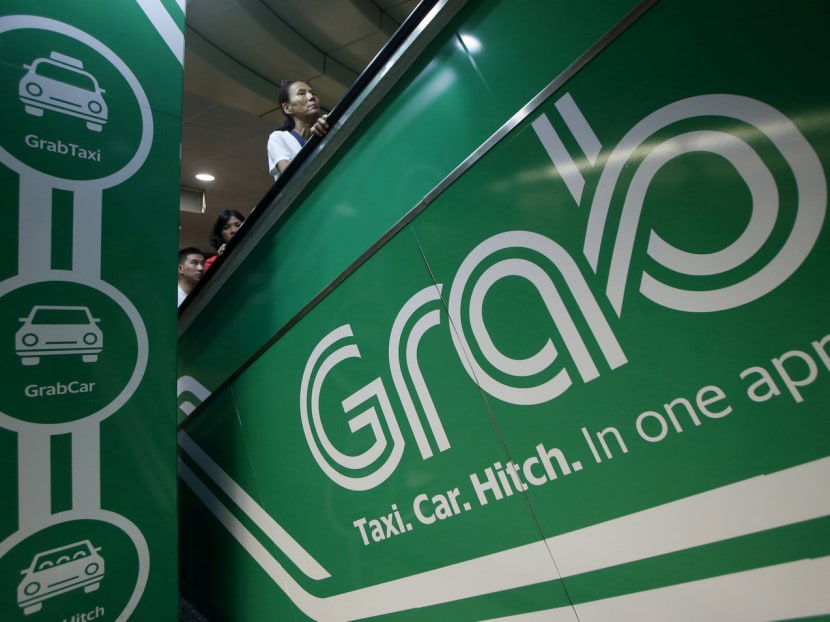Grab to include variation of van-pooling in expansion plans
SINGAPORE — Fresh from launching a coach booking service earlier this month, Grab plans to start at least one more service this year as it continues its efforts to wean Singaporeans off their cars and bring down transport costs.
SINGAPORE — Fresh from launching a coach booking service earlier this month, Grab plans to start at least one more service this year as it continues its efforts to wean Singaporeans off their cars and bring down transport costs.
In a recent interview with TODAY, Grab country head for Singapore Lim Kell Jay said a service in the works would be a “variation” of van-pooling, and it would be related to its latest offering, GrabCoach, which allows groups of travellers and corporate customers to book vans and buses in a matter of minutes.
Grab entered the Singapore market in 2013. Over the past three years or so, it has rolled out a range of offerings — from social ride-sharing to commercial carpooling — in an increasingly competitive market.
In September last year, TODAY reported about a locally developed on-demand ride-sharing app called Swat, which is hoping to give Uber and Grab a run for their money, by charging commuters a flat fare of S$5, no matter the distance of the rides. The Swat app came after a similar on-demand service, Beeline, was launched by the Government in 2015.
Some of Grab’s existing offerings are GrabShare, which allows up to two bookings where passengers share rides and split the fare, and GrabHitch which matches private-car owners to passengers who need a lift.
Asked if the new service would be a spin-off of GrabShare for vans, Mr Lim would only say that such a concept is an “interesting idea” that “makes a lot of sense”. “There were (initially) a lot of people who were unsure about whether you would share a ride with a complete stranger. But what we’ve learnt from GrabHitch and GrabShare is that ... the average Singaporean, they’re open to it,” he said.
Mr Lim said the company also hopes to grow its payment platform GrabPay, which allows commuters to pay for rides without using cash. It is also working on enhancing its GrabRewards platform, which allows users to earn points that can be redeemed for discounts on rides or receive perks at its partner merchants.
While services such as Grab and Uber have snatched a significant share of the business from traditional taxi operators, there are questions over the firms’ profitability. A Bloomberg report in December last year estimated that Uber may suffer an annual loss of US$3 billion (S$4.2 billion) in 2016. Uber, which is based in San Francisco, has stayed mum about its financial performance.
Mr Lim was similarly tight-lipped on which of Grab’s offerings are profitable. Nevertheless, he noted that some services have higher margins than others, citing its 20 per cent cut from GrabCar drivers, compared with a S$0.50 levy (about 5 per cent) from GrabTaxi drivers. “Profitability has always (got) to be part of the plan. The consideration is at what point does it figure as the main priority,” he said. “There’s the investment phase; there’s the phase when you become profitable.”
Transport economist Walter Theseira reiterated that a cloud hangs over the sustainability of ride-hailing platforms, given the high costs of wooing drivers and customers, especially in a market like Singapore where cars are pricey and there are established taxi operators.
Transport analyst Park Byung Joon said that in order to survive, Grab has to expand its network quickly. Given its origins in Asia, Grab has a better understanding of local culture and this is key in forging relationships with drivers, he added. KENNETH CHENG









